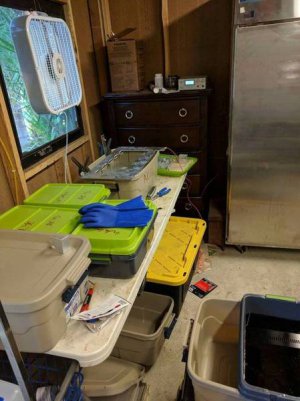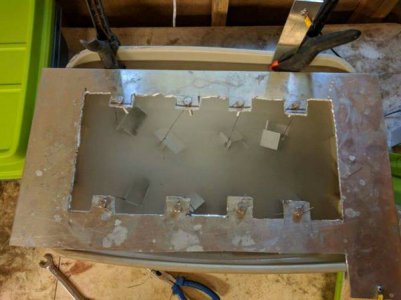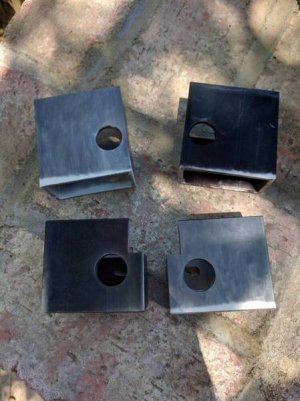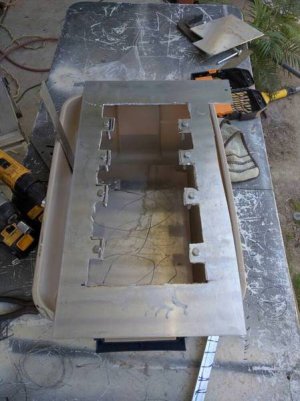-
Welcome back Guest! Did you know you can mentor other members here at H-M? If not, please check out our Relaunch of Hobby Machinist Mentoring Program!
You are using an out of date browser. It may not display this or other websites correctly.
You should upgrade or use an alternative browser.
You should upgrade or use an alternative browser.
Aluminum Anodizing
- Thread starter dragos28
- Start date
- Joined
- May 14, 2016
- Messages
- 54
//uploads.tapatalk-cdn.com/20160608/2ee401f10c88e604d478030245027b58.jpg
//uploads.tapatalk-cdn.com/20160608/931d45b2f23195c357ea41979c7b9c79.jpg
//uploads.tapatalk-cdn.com/20160608/92255ce69cf3cc1d1c7ca12c51179628.jpg
i guess if you copy and paste this into your browser the image shows up.
//uploads.tapatalk-cdn.com/20160608/931d45b2f23195c357ea41979c7b9c79.jpg
//uploads.tapatalk-cdn.com/20160608/92255ce69cf3cc1d1c7ca12c51179628.jpg
i guess if you copy and paste this into your browser the image shows up.
In your pic I can only see one cathode - a piece of 50x 4 bar in the top right of the pic. I would have 8 of those (100 x 50 in acid) with one behind each part and maybe 4 down the middle. Overkill maybe but in proportion to your part surface area.
- Joined
- May 14, 2016
- Messages
- 54
Ah, there is a plate that covers the bottom of the tub, it attaches to the top part that rises up out of the bath.In your pic I can only see one cathode - a piece of 50x 4 bar in the top right of the pic. I would have 8 of those (100 x 50 in acid) with one behind each part and maybe 4 down the middle. Overkill maybe but in proportion to your part surface area.
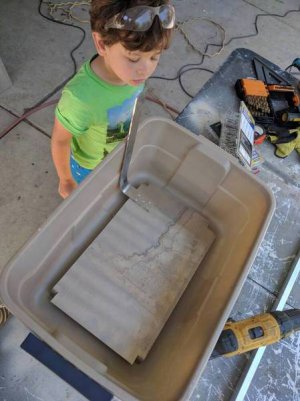
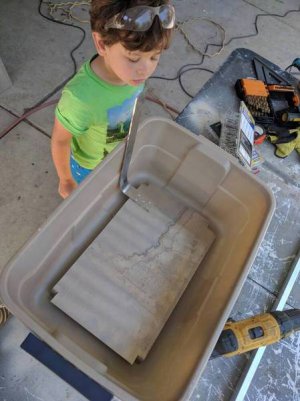
- Joined
- Dec 3, 2013
- Messages
- 1,844
Black is the hardest to get right with a home setup. A few questions.
What grade of aluminum are you using?
Are any of the parts touching the cathode?
What material is the cathode?
Are you rinsing the parts in clean water between each process?
What type of dye are you using?
Are you agitating the cleaner, desmut, dye and sealer tanks?
What temps are the cleaner, desmut and dye tanks?
Nickle Acetate sealer works better than boiling water.
I get better results with black if the acid solution is 10% at 65F or below. I freeze Ziploc baggies filled with water and drop in the acid tank.
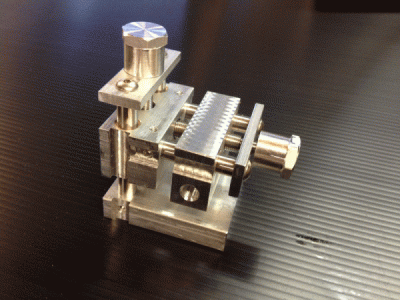
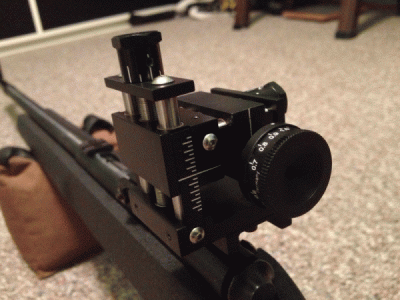
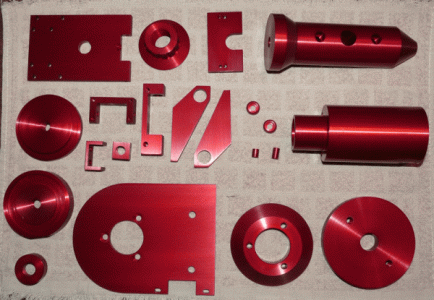
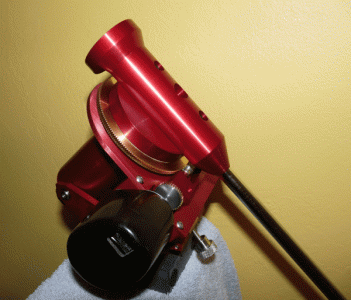
What grade of aluminum are you using?
Are any of the parts touching the cathode?
What material is the cathode?
Are you rinsing the parts in clean water between each process?
What type of dye are you using?
Are you agitating the cleaner, desmut, dye and sealer tanks?
What temps are the cleaner, desmut and dye tanks?
Nickle Acetate sealer works better than boiling water.
I get better results with black if the acid solution is 10% at 65F or below. I freeze Ziploc baggies filled with water and drop in the acid tank.




Those pics look like no dye was used. The bottom of the part shows some anodising with the majority typical of etched Al which has been boiled in water. I'm guessing the anodised parts were closest to the cathode.
Anodising is a battle between current and acid. The current adds an oxide layer while the acid eats it away (hence the pores).
Also current follows a path of least resistance. Parts closest to the cathode will anodise with small pores. Parts some distance away from the cathode may develop a small oxide layer but that will quickly be etched away.
Graeme
Anodising is a battle between current and acid. The current adds an oxide layer while the acid eats it away (hence the pores).
Also current follows a path of least resistance. Parts closest to the cathode will anodise with small pores. Parts some distance away from the cathode may develop a small oxide layer but that will quickly be etched away.
Graeme


